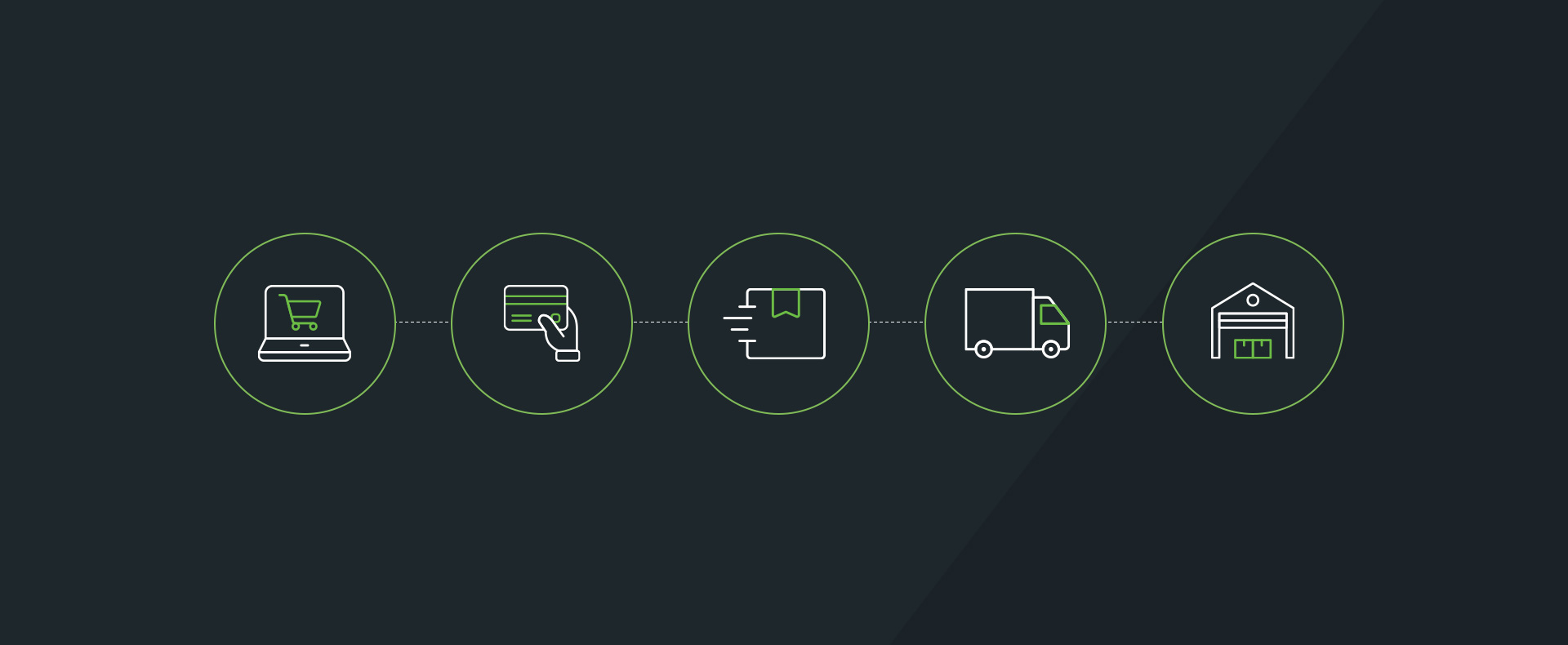A Guide to Marketplace Selling in the 2018 Holiday Season
This blog was contributed by Alex Dietrich, the head of content for GeekSeller, a multichannel ecommerce platform.
![]()
Considering the increase in online and non-store sales over the past few years, this should be a lucrative holiday season. For example, in July of 2018, online and non-store sales were up by 11.3% year-over-year (YoY), which is a pretty significant jump. December of 2016 saw an increase of 3.2% YoY from 2015 and December 2017 was up 4.6% YoY from 2016.
But how can you capitalize on it to make sure your business reaps the benefits? You can’t take advantage without proper preparation.
So venture with me, if you will, into the winter wonderland that lies ahead as we lay out our recommendations for the 2018 holiday season. Here are our tips for reaching your full potential this holiday season with marketplace selling, including information on the increasingly popular Walmart DSV program.
Diversify Where You Sell
Are you already selling on Google for Retail, Jet.com, or Walmart.com? If you sell quality products and can provide competitive pricing and reliable shipping, Walmart.com may want you to become a Walmart Drop Ship Vendor (DSV). If you haven’t yet, you should apply and get started now.
Marketplaces like eBay and Etsy allow sellers to get started right away, but Jet.com has an item review period that can last up to two weeks. So there is no guarantee you’ll be up and running quickly once you register or apply with any given marketplace.
Optimize Your Product Listings
Quality matters when it comes to gifts, and online customers assess the quality of your product based on the content of your listings. Every listing should have a perfect image with a white background, a concise and well written description, and accurate attribute data.
However, you can’t take a blanket approach to your product listings when engaging in marketplace selling. Because what optimizes your listing on one marketplace could bury it on another.
For example, here is what Walmart.com recommends for listing titles:

Compared to Jet.com’s recommendations for their listing titles:

You can find information on a marketplace’s recommendations in the seller’s FAQ or Knowledge Base. If you can’t find the information there, reach out to the support team for the marketplace for more help.
Perfect Your Inventory Management Strategy
When was the last time you cycle counted your inventory? The increase in movement will test your ability to track your product levels. You’ll want to have an iron-clad system in place for locating your stock. And establishing or revising your inventory counting system now is a great way to reduce stress in the coming quarter.
You already know to look at past yearly and quarterly trends when you plan for this year. But keep in mind when you make decisions based on this data, it’s better to slightly overstock than slightly understock.
Ecommerce sellers need to be especially aware of overselling since no system is capable of real-time quantity adjustment for online sales. There are always delays as different systems communicate. And many marketplace ban sellers for cancelling too many orders.
If you’re a multi-channel seller, it’s vital to have your quantity levels synchronized in some way. Systems like GeekSeller also allow you to use quantity rules to send a specific number to different marketplaces when your levels fall below a designated level.
Review Your Shipping and Fulfillment Process
Do you already offer 2-day and overnight shipping? Do you need more space? Would your business benefit from working with a third-party logistics provider (3PL)?
Knowing the shipping expectations of each marketplace can save you from penalties and ineligibility. There may be incentive programs like eBay’s Guaranteed Delivery program you can work toward qualifying for if you don’t already.
Walmart DSV covers the shipping cost for qualifying sellers. Qualifying products have a badge that says “Sold and Shipped by Walmart”, giving them credibility and increasing conversions.
Prepare for Holiday Returns
Don’t make the mistake of thinking it’s all over come December 26th. Returns from the holidays will affect us all. Each marketplace has its own policy and requirements for returns. Some may restrict how much you can charge in restocking fees or how long a buyer has to return a product. For example, if a customer returns a Walmart DSV order to a brick-and-mortar store, Walmart will liquidate it.
Double check each marketplace to make sure your return shipping address is accurate. Make sure your staff knows your returns policy backward and forward. Also, it’s a good idea to have your policy posted somewhere visible on your own site to make sure it is very clear for the customer.
In the End
Whether your business is just getting off the ground, or you’re experienced in the ways of seasonal changes, preparing now is the only way to make the most of the holiday season. So don’t hesitate, expand your ecommerce footprint with marketplace selling, and be sure to stay ahead of the game.






